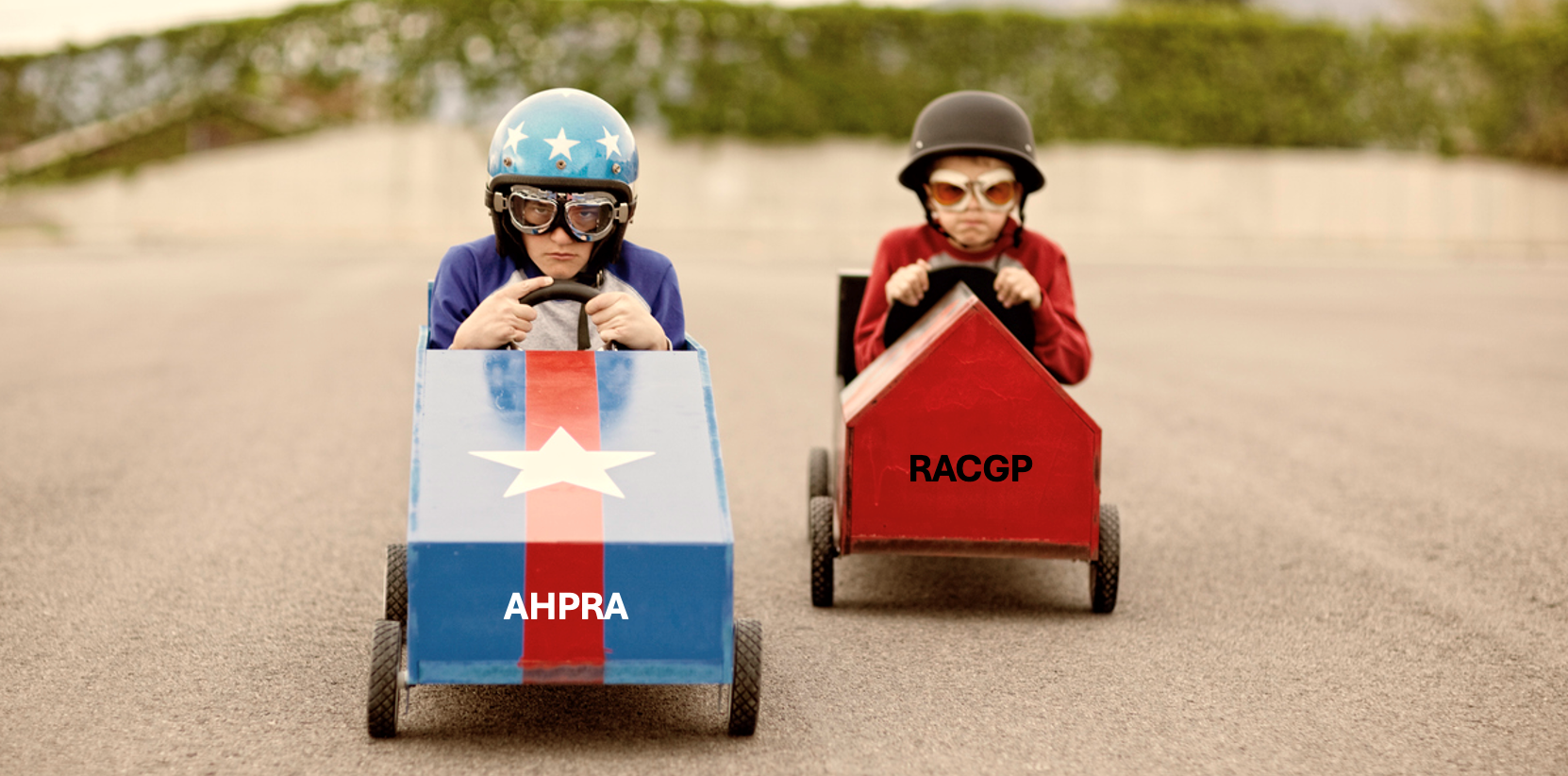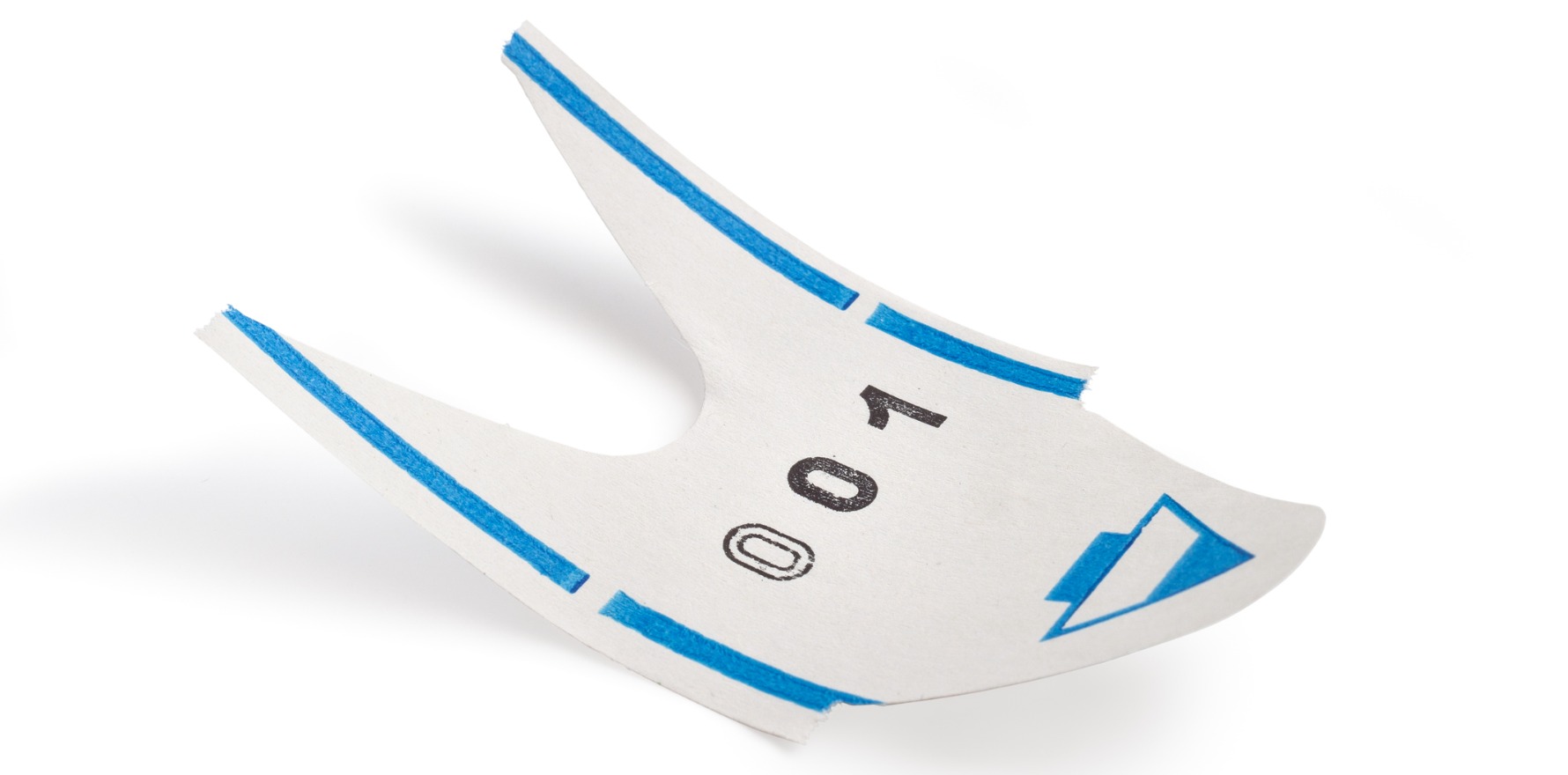It was the RACGP’s most profitable year ever, but is the ‘nothing to see here’ narrative an honest assessment as far as members go?
The 2023-24 annual report of the RACGP, released yesterday, reveals that the organisation made the biggest profit in its history, nearly $20 million (although it’s called a “surplus” in the report).
The next closest profit TMR could find to this was $7.4 million in 2019. In 2022-23 it made a loss of $5 million.
Notably the report says that the number is a “one off” and the normalised profit was only $5 million.
“… this surplus was a result of one-off drivers such as delays in operational, training, and strategic project expenditure and one-off revenue gains,” says the report.
“The underlying operating surplus after taking one-offs and timing issues into consideration sits at approximately 5% of operating income (~$5 million)”.
But does it, really?
This is the first annual report with a fully normalised year of GP training integrated into the college accounts and which also fully accounts for some significant cost and revenue measures taken by college in the last 18 months.
On the revenue side, the college significantly restructured member fees 18 months ago, effectively doubling the fees of a lot of part-time members, most of whom were female. It also raised training fees for IMGs wanting to become fellows.
The results of those initiatives are clear in the report. Membership revenue went up $6 million – 18%. Exam revenue went up $3 million and the introduction of the fellowship support program brought in an additional $7 million.
When you add the savings from the restructuring done 18 months ago (15% of staff) of about $11 million, you have something north of $24 million in profit turnaround.
A lot of how that new profit has unfurled has been blurred in the annual report by merging the old college business with the new training business, which brings in $130 million of additional revenue to the college.
The report maintains that the increase in revenue year on year of $192 million to $227 million “is primarily due to the delivery of GP Training, which is funded by the Australian General Practice Training (AGPT) grant (‘the grant’)”.
But this seems to be fudging the narrative quite a bit. At least $17 million in new revenue has come from increasing membership, exam and fellowship fees and only about $10-12 million has actually come from government training grant revenue being fully recognised.
Put a little more simply, revenue went up by $35 million. The report claims that this is due to normalised training grant revenue (first full year of government training grants) but the report only shows that $10-12 million of that $35 million came from grant revenue. The rest appears to be coming from increased member and exam fees and the new fellowship program. And most of that is not one off.
What’s the problem here, if any?
After all one thing is very clear from this result: the college isn’t going broke any time soon – which of course is a good thing.
RACGP Chair Dr Lara Roeske told TMR the following in respect to the result.
“The annual report shows the RACGP is in a strong position and recovering as promised from significant financial challenges. As a board, and an organisation, we are united in our commitment to keeping the RACGP – and general practice as whole – financially sustainable, both for the benefit of our members and the overall health of Australia”.
When asked to explain the $19.7m surplus earlier today the college gave us this slightly more detailed list of one offs and said they’d budgeted for a loss of $1.9m (so they missed forecast by $7m, but in a good way):
- Profitable delivery of the international WONCA conference
- legal settlements
- additional exam fees due to increased participation
- timing and delayed activity of projects
- accounting treatment related to capitalisation of assets under the Australian General Practice Training (AGPT) grant.
Even with this list, the narrative of this annual report, which is largely “nothing to see here, this super profit is just a one-off and nothing to question the board any further about” doesn’t look like it’s entirely an honest assessment of what is happening.
For starters the report’s assessment that most of the revenue difference is due to a fully normalised year of GP training grants is way off (per above). It makes up less than half of the revenue increase.
It’s impossible to say exactly what the one offs listed above add up too as the college didn’t allocate each any number but it doesn’t look like it adds up either if you examine what revenue lines you can in the financial report. It doesn’t sit with the the narrative that one offs bring the profit all the way back to $5m either.
And one off or not, the college just pocketed a $20 million profit, which is $22m more in cash than it was forecasting, so the idea that it’s really just $5 million and will continue to be isn’t correct.
You get to keep that $20 million and store it so even if it was all a one-off, it’s all cash you can squirrel away to effectively allow manipulation of your profit position going forward if and when you need to.
Notably the college has quite a lot already squirrelled way in its reserve fund, its accumulated surplus, and in property assets ($16m, $26m and $47m respectively).
The colleged missed this year’s forecast by $7m on the plus side so it’s not like they might miss again next year and hit above the newly forecast $5m.
Which should all beg the question for members and wannabe IMG fellows: any chance you could spend some of this windfall and all your existing squirrelled away money on fixing your horribly biased new membership fee structure (biased against part-timers and women mostly) and help out us poor old IMGs, who aren’t renowned for being very liquid?
To be clear, this windfall profit and any effect of it going forward, does not look at all like it was planned. It looks like an accident.
Eighteen months ago, when previous CEO Paul Wappett took drastic measures by cutting 15% of the staff and putting up member and exam fees, there seemed to be a genuine concern that if such measures weren’t taken the college would find itself in some pretty serious financial trouble over time.
But as often happens, things went the other way. Financial modelling is a fraught business, often more art than science. At the time the college was just being careful.
Related
The question for members now might be, is the narrative of “nothing to see here” something they should actively challenge with a view to directing a little of all that additional profit and reserve cash into relieving pressure on members and IMGs wanting to become fellows; or something else that members think the board should be thinking about spending at least some of the windfall on.
An ongoing problem with the above scenario is that the members generally don’t get a look in on strategic financial decisions like this.
It’s all for the board to think about usually.
But members should view themselves as shareholders and get a little more active if they don’t like what they see.
It looks like there’s a a lot more money coming into the college than the narrative of this annual report would have everyone believe.
Shouldn’t the members get some say in how that additional money gets spent?





